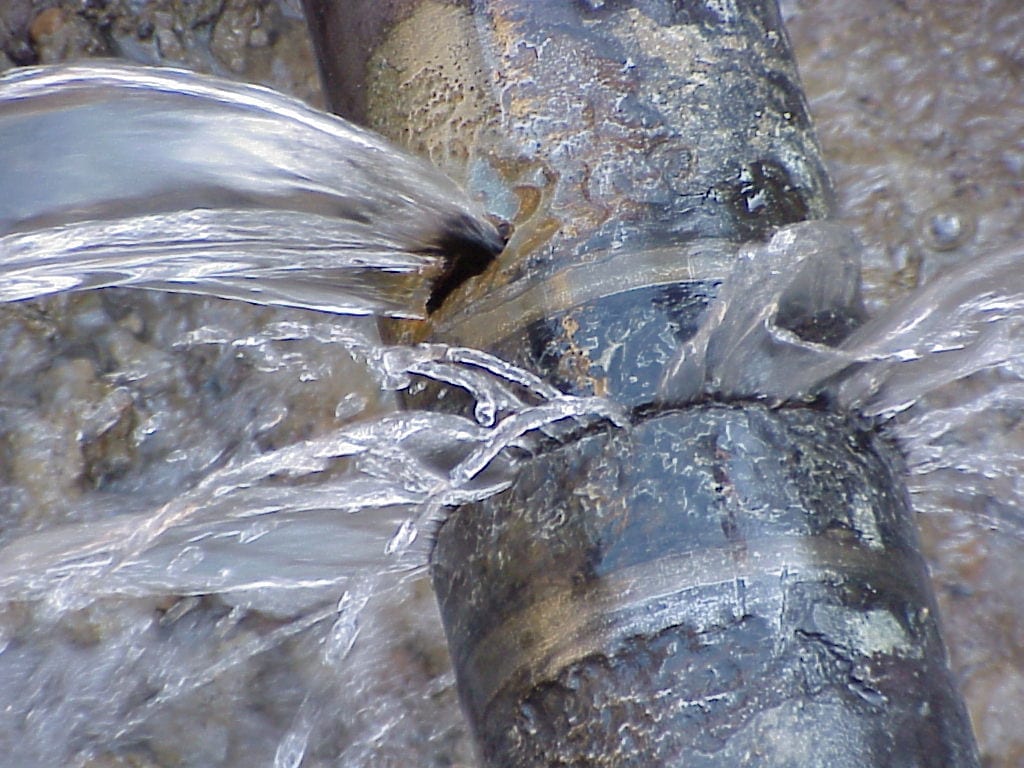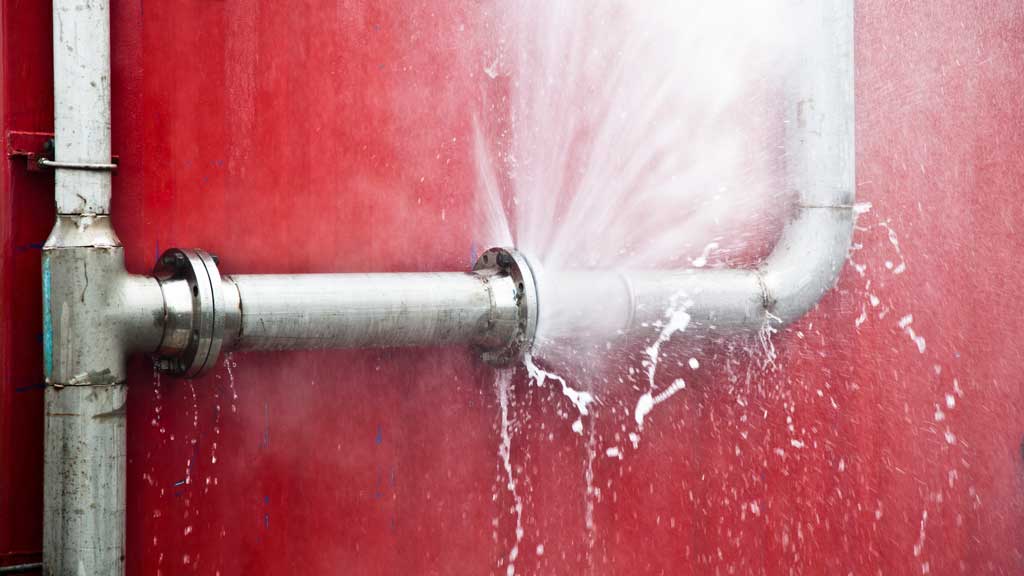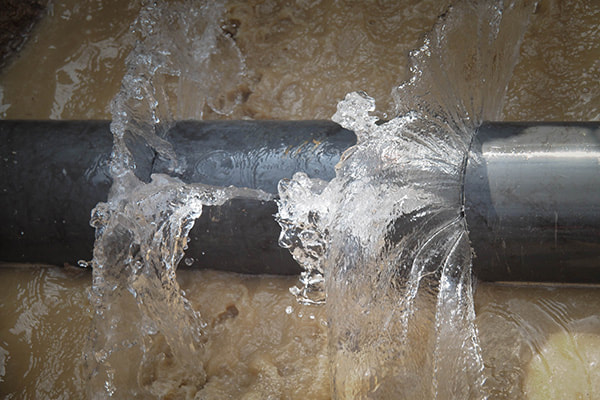How to Handle a Burst Pipe: Essential Steps for Immediate Action
Wiki Article
Stopping Ruptured Pipeline: Important Tips to Secure Your Pipes
Protecting against burst pipelines is a vital worry for property owners, specifically during colder months when the risk of cold is heightened. Applying strategic actions such as appropriate insulation, regular inspections, and maintaining regular interior temperature levels can significantly decrease the chance of pipe failure. Additionally, understanding emergency procedures equips property owners to respond promptly to possible pipes concerns. However, several are not aware of the particular susceptabilities that their pipelines might deal with. Discovering these vulnerabilities can give invaluable insights into securing your pipes system effectively.Understand Pipe Vulnerabilities
Comprehending pipeline susceptabilities is vital for reliable plumbing upkeep and protecting against expensive damages. A number of elements contribute to the vulnerability of pipes to bursts, including material composition, age, and ecological conditions. Older pipes, particularly those made from galvanized steel or polybutylene, commonly degrade over time, resulting in raised risk of tears and leaks.Temperature changes can also dramatically impact pipeline integrity. In chillier environments, water trapped in pipelines can ice up, expanding and putting in pressure on the pipe walls, which may eventually bring about a burst. High water stress can strain pipes, especially at bends and joints, enhancing the probability of failure.

Insulate Water Lines Effectively
Correct insulation of pipelines is crucial for avoiding freezing and subsequent bursts during cold weather condition (burst pipe). Insulating your pipes system effectively safeguards against temperature goes down that can lead to expensive damage. Begin by identifying susceptible areas where pipelines are exposed to outdoor temperatures, such as basements, attics, and exterior wall surfacesUsage foam pipe insulation sleeves or wrap insulation tape around these areas to provide a safety barrier. Guarantee that all sections of the pipes, specifically those with limited heat exposure, receive sufficient insulation. Pay special interest to joints and installations, as these are extra susceptible to cold.
When insulating, it's important to pick products that satisfy neighborhood building regulations and are ideal for the specific environment. As an example, fiberglass insulation is often recommended for its thermal resistance buildings - burst pipe. Furthermore, think about utilizing warm cable televisions or tape in extreme problems, which can be plugged in to give supplementary heat
Routinely evaluate shielded pipes for any kind of indications of wear or damage, as compromised insulation can decrease its effectiveness. By taking these aggressive steps, you considerably minimize the danger of pipeline bursts, making certain a reliable pipes system throughout the winter months.
Maintain Consistent Temperature Level
A stable interior temperature is necessary for stopping burst pipes during the icy months. When temperature levels decrease, water within pipes can ice up, increasing read and developing pressure that may eventually create the pipes to burst.Utilizing a programmable thermostat can assist handle indoor temperature levels successfully, making sure read this that areas with plumbing continue to be cozy even when the residence is empty.This minor flow of water can prevent freezing by minimizing stress within the pipelines. By carrying out these techniques, property owners can dramatically minimize the threat of pipe ruptureds and safeguard their pipes systems against the rough winter components.
On A Regular Basis Inspect Pipes
Routine evaluations of plumbing systems are critical for avoiding ruptured pipelines and keeping total home stability. Routine checks allow house owners to identify prospective concerns prior to they escalate right into pricey fixings or significant water damage. During these evaluations, it is important to take a look at noticeable pipes for indications of corrosion, leaks, or wear. Pay unique attention to areas vulnerable to cold, such as cellars, attic rooms, and exterior walls.Furthermore, inspecting joints and connections is essential, as these points are typically at risk to leaks. House owners ought to also examine water pressure degrees, as extreme stress can stress the plumbing system and boost the risk of pipeline bursts.
Consider organizing expert pipes assessments at the very least when a year, particularly prior to winter, to guarantee your system is gotten ready for chillier temperatures. Regular assessments not only assist in identifying immediate problems yet likewise foster lasting upkeep methods that can enhance the life-span of your plumbing system. By being positive in your method, you can guard your home versus the expensive and turbulent effects of burst pipes. Focusing on plumbing inspections is a financial investment in your home's health and wellness.
Know Emergency Procedures
Recognizing emergency situation treatments is vital for every home owner, especially after conducting normal plumbing assessments. Being prepared for a plumbing emergency situation can substantially minimize damage and save expenses.
Following, keep essential tools handy. A plumbing emergency package should include a wrench, plunger, and towels, in addition to a flashlight and a pail for small leakages. Additionally, take into consideration having the call details for a relied on plumbing technician conveniently offered, ought to the circumstance escalate past your control.
If you detect a leakage or burst pipeline, immediately shut off the water system and inform your plumbing. In addition, document the damages with photographs for insurance purposes. burst pipe. Know the indicators of prospective pipes problems, such as unusual water pressure variations or damp spots on walls
Inevitably, aggressive knowledge and swift activity are critical in managing pipes emergencies, ensuring your home stays secured and decreasing possible damages.

Verdict
Finally, stopping burst pipelines requires a complex approach that consists of understanding pipe vulnerabilities, proper insulation, preserving regular interior temperatures, normal evaluations, and expertise of emergency treatments. By carrying out these necessary approaches, the risk of pipes failures can be significantly decreased, thereby ensuring the longevity and performance of the pipes system. Proactive procedures not only safeguard against prospective damage yet likewise add to general water preservation and the protection of property.In chillier environments, water caught in pipelines can ice up, putting in and broadening stress on the pipeline wall surfaces, which may ultimately lead to a published here ruptured. When temperature levels decrease, water within pipes can freeze, creating and expanding pressure that may eventually trigger the pipelines to ruptured. By carrying out these techniques, home owners can dramatically decrease the threat of pipe bursts and guard their plumbing systems against the extreme wintertime aspects.

Report this wiki page